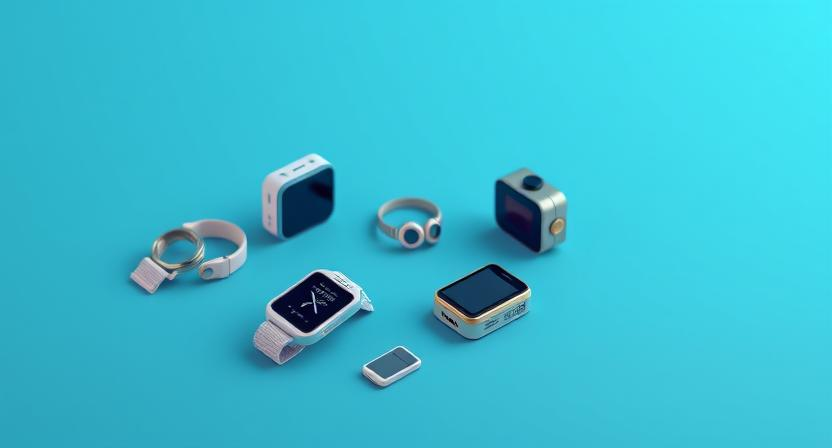Glossary
Welcome to our Glossary, your key to navigating the world of AI-driven digital experiences. As Niti Ideas explores the future of personalized and intelligent user journeys, this resource defines essential terms, keeping you informed on the cutting edge of AI and UI/UX.
A
A/B Testing
A/B Testing for Mobile Marketing
A/B testing optimizes mobile app marketing by comparing two versions of elements. Test, analyze, and iterate for app success.

A/B Testing Tools
A/B Testing Tools
A/B testing tools enable data-driven digital experience optimization. They facilitate creating variations, tracking user behavior, and analyzing results to improve UX, conversions, and personalization. Features include visual editors, segmentation, and real-time reporting. Choose tools based on ease of use and integration.

AI Agents
AI Agents: The Future of Intelligent Automation
What are AI agents? Why are AI agents important? Key features of AI agents How to choose the right AI agent Popular AI agent tools

AI Assisted Services
AI-Assisted Services: Beyond Automation
Artificial intelligence (AI) is no longer a futuristic concept; it’s woven into the fabric of our daily lives and business operations. While full automation captures headlines, the true power of AI often lies in its ability to augment human capabilities through “AI-assisted services.”

AI Co-Pilots
AI Co-pilots: Navigating the Future
Imagine having a highly intelligent assistant that anticipates your needs, provides real-time guidance, and streamlines your workflow. That’s the essence of an AI co-pilot.

Agile Development
Agile Development: Embracing Change
Agile development is an iterative, collaborative project management method. It prioritizes flexibility, customer feedback, and continuous improvement through short “sprints.” This approach allows for rapid adaptation, faster delivery, and higher quality products, especially in dynamic environments.

App Growth
App Growth: Fueling Your App’s Ascent
App growth: beyond downloads, it’s about building a loyal community. Key areas include ASO, user acquisition, engagement, retention, and monetization. Data-driven optimization and a focus on user experience are crucial for sustainable success.
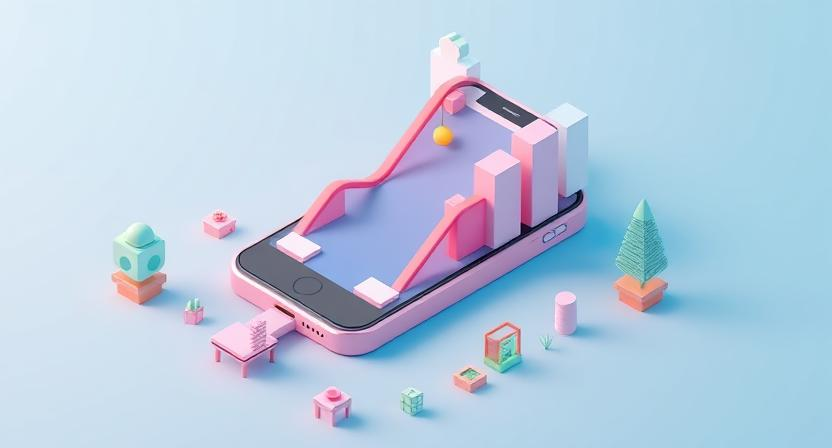
B
Bounce Rate
Decoding User Drop-Off: Understanding Bounce Rate
In the dynamic world of mobile apps, user engagement is the lifeblood of success. One crucial metric to track is the “bounce rate.”
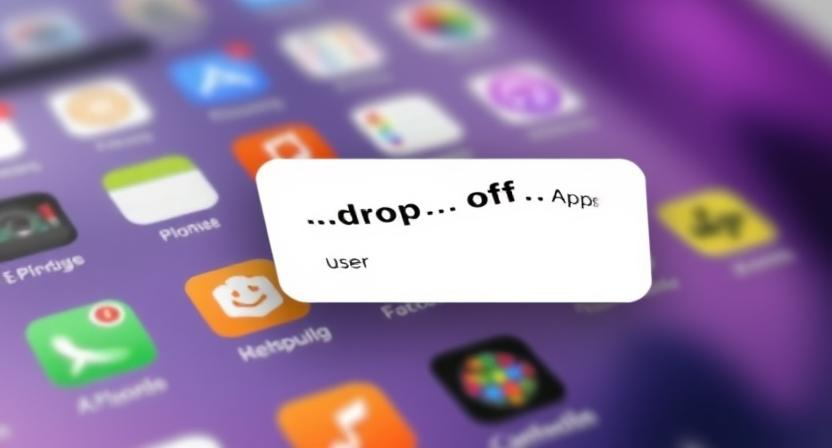
C
CRAP Principles That Make Design Click
Design Principle: CRAP (Contrast, Repetition, Alignment, Proximity). These principles transform chaotic interfaces into intuitive experiences, guiding users effortlessly.
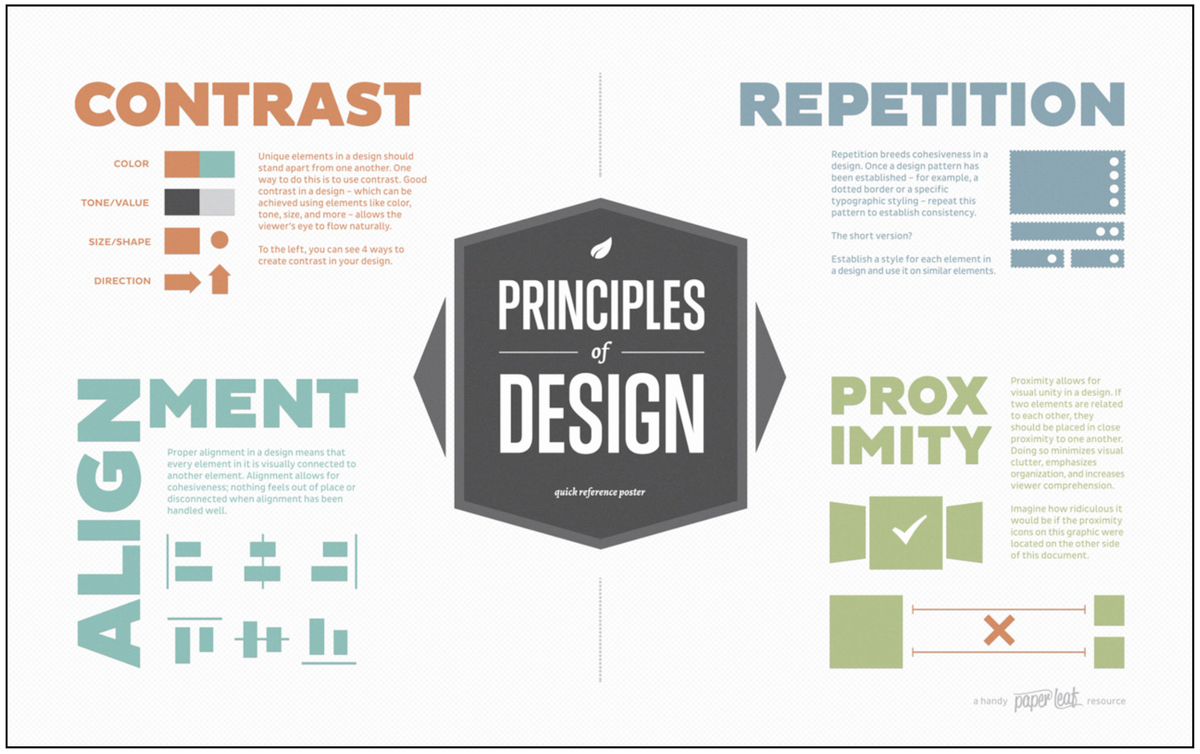
D
Double-Click to Zoom
Double-Click to Zoom
Double-Click to Zoom, pioneered by Tim Taylor at Xerox PARC in the 1980s, was refined by Google Maps in 2005 under Lars and Jens Rasmussen. It simplified digital navigation, influencing maps and beyond.

E
Emotional Design
Craft delightful user experiences! Emotional design in UI/UX builds connections beyond usability. Learn to evoke joy, trust, and engagement.

F
Feedback Systems in UI/UX
Feedback Systems in UI/UX
Feedback systems in UI/UX use visual/haptic cues (e.g., ripples, vibrations) to confirm actions, enhancing clarity and engagement. Like micro-interactions, they pair with morphed designs, like a neumorphic toggle, to make digital feel real and intuitive.

Frontier Models
Frontier models offer unprecedented AI capabilities, impacting product personalization, content creation, and UX. These models drive innovation, requiring continuous learning and responsible implementation.

G
Generative AI Applications
Hey, Product Managers! Generative AI is your 2025 superpower—sparking ideas, crafting designs, and personalizing products. Discover how it’s revolutionizing PM with killer apps and real wins!

H
Hamburger Menu
The Hamburger Menu: A Tiny Icon with a Big Legacy
The Hamburger Menu, designed by Norm Cox in 1981 for Xerox’s Star, became a mobile navigation staple in the 2000s via Apple and Google. It saves space but sparks debate over discoverability in UX design.

Hashtag
Hashtag: A Tiny Symbol That Tagged the World
The Hashtag, proposed by Chris Messina for Twitter in 2007, became a global tool for organizing content. Adopted by Twitter in 2009, it spread to Instagram and beyond, shaping social media and culture.

I
Infinite Scroll
Infinite Scroll
Infinite Scroll, invented by Aza Raskin in 2006 at Humanized, revolutionized content consumption by eliminating pagination. Popularized by Instagram and others, it boosts engagement but is criticized for addictiveness.
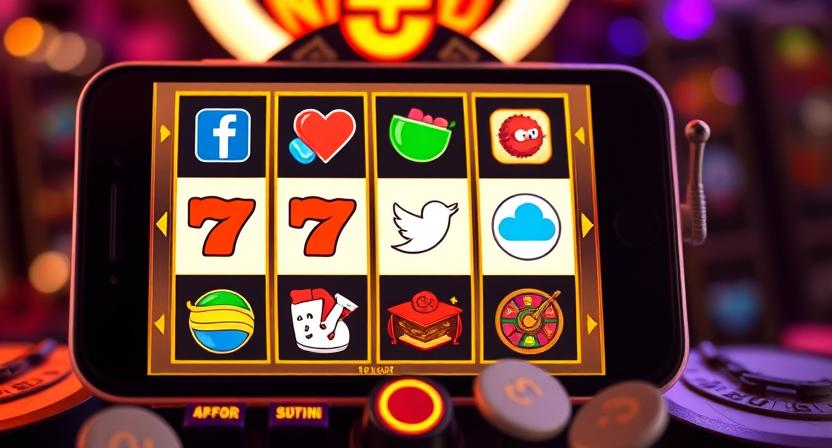
J
K
L
Like
“Like”: A Small Button That Changed the Digital World
The “Like” button, born at FriendFeed in 2007 and popularized by Facebook in 2009, revolutionized social media by boosting engagement and shaping algorithms, turning passive users into active digital participants.

M
Micro-Interactions
Micro-interactions: Crafting Seamless User Experiences
Micro-interactions are subtle design details—like button color changes or typing indicators—that enhance UX by providing feedback, reducing cognitive load, and adding delight, shaping intuitive digital experiences.

N
No-Code Development
No-Code Development
No-code development lets anyone build mobile/web apps using drag-and-drop tools, no coding needed. Platforms like Bubble and Adalo offer templates and integrations, speeding up creation. It’s accessible but limited for complex apps, reshaping who can innovate.
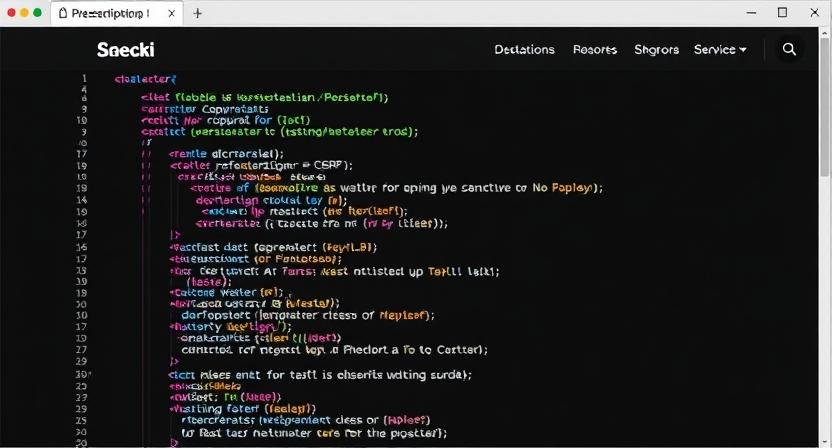
O
P
Pull-to-Refresh
Pull-to-Refresh: The Swipe That Redefined Mobile Interaction
“Pull-to-Refresh,” revolutionized mobile UX with a simple swipe-down gesture to update content. Adopted by Twitter and beyond, it became a universal, intuitive standard, enhancing real-time interaction and setting a lasting benchmark for design simplicity.
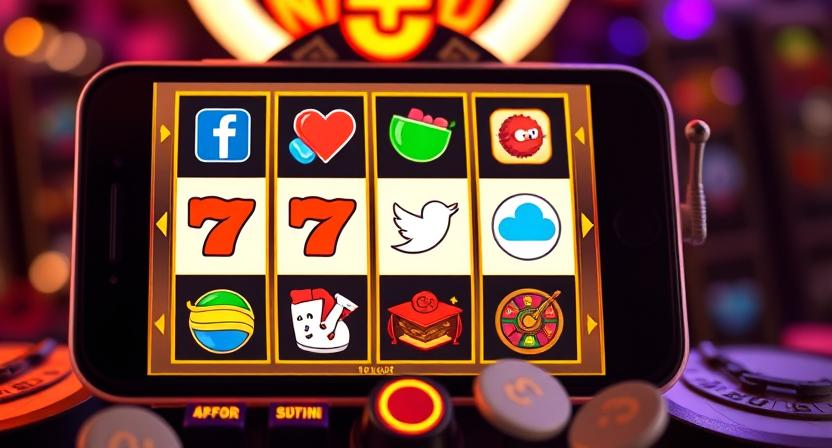
Postman API
Understanding the Postman API
The Postman API platform simplifies API design, testing, and collaboration for developers. For product managers, it speeds prototyping, boosts team alignment, and ensures customer-friendly APIs, bridging vision and execution without coding expertise.
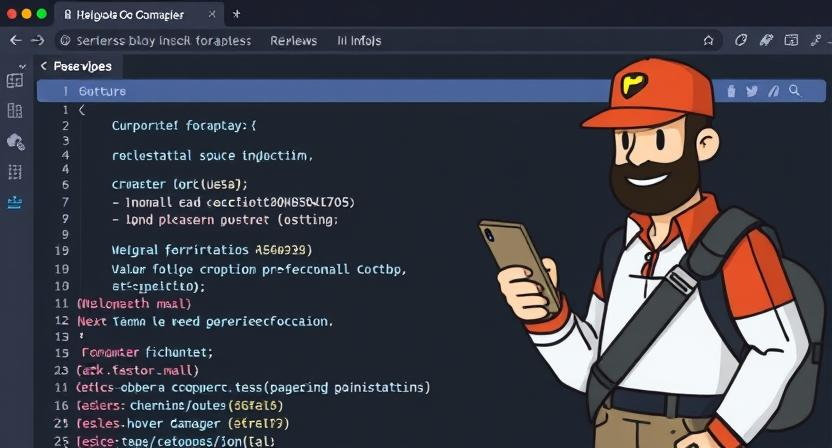
Prototyping
Prototyping
Prototyping is creating early models to test ideas and refine designs before coding. Using tools like Figma, it boosts feedback, team alignment, and efficiency, turning concepts into tangible, user-focused solutions.

Q
R
S
SLDC (Software Development Life Cycle)
SDLC (Software Development Life Cycle)
The SDLC (Software Development Life Cycle) is a structured process for building web/mobile apps, from planning to maintenance. It ensures quality, efficiency, and collaboration, using models like Waterfall or Agile to guide development.

Swipe to Unlock
Swipe to Unlock
Swipe to Unlock, made phone access intuitive. Its influence spread to app navigation, shaping touch-based UX despite patent challenges.

T
U
User Testing: Your Product’s North Star
User testing reveals real user behavior, crucial for product success. It validates decisions, fixes usability, and boosts satisfaction. This article explores why and how to prioritize user feedback, shaping a winning product journey.

V
W
Wearable Gadgets
UX for Wearable Gadgets
Wearable UX evolved from step counters to smart ecosystems, tackling tiny screens, battery life, and privacy. Future trends like AI personalization, AR, and invisible tech aim for seamless, human-centric design.
